Growing Awareness of Hygiene
There is an increasing awareness of hygiene and cleanliness among consumers, which significantly influences the Inorganic Antimicrobial Coating Market. This heightened consciousness is particularly evident in public spaces, healthcare facilities, and food processing industries, where the risk of contamination is a major concern. As consumers demand safer environments, manufacturers are responding by integrating antimicrobial coatings into their products. Market analysis suggests that the demand for these coatings is expected to rise, particularly in sectors where hygiene is paramount. The Inorganic Antimicrobial Coating Market is thus positioned to benefit from this trend, as companies strive to meet consumer expectations for cleanliness and safety in their offerings.
Regulatory Support and Standards
Regulatory bodies are increasingly establishing standards that promote the use of antimicrobial coatings in various applications, thereby bolstering the Inorganic Antimicrobial Coating Market. These regulations often mandate the use of materials that can effectively reduce microbial contamination, particularly in healthcare and food-related sectors. Compliance with these standards not only enhances product credibility but also drives innovation within the industry. As manufacturers seek to align with these regulations, the market is likely to witness a surge in the development of advanced inorganic antimicrobial coatings. This regulatory support is crucial for the growth of the Inorganic Antimicrobial Coating Market, as it encourages investment in research and development to create more effective solutions.
Expansion in the Automotive Sector
The automotive sector is increasingly recognizing the benefits of incorporating inorganic antimicrobial coatings, which is contributing to the growth of the Inorganic Antimicrobial Coating Market. As vehicle manufacturers strive to enhance passenger safety and comfort, the application of antimicrobial coatings in interiors and surfaces is becoming more prevalent. This trend is driven by consumer expectations for cleaner and safer vehicles, particularly in the wake of rising health concerns. Market projections suggest that the automotive segment will experience significant growth, as manufacturers invest in innovative solutions to meet these demands. The Inorganic Antimicrobial Coating Market is thus likely to expand as it caters to the automotive sector's evolving needs.
Rising Demand in Construction Sector
The construction sector exhibits a growing demand for the Inorganic Antimicrobial Coating Market, driven by the need for enhanced hygiene and safety standards. As urbanization accelerates, the construction of residential and commercial buildings necessitates materials that can inhibit microbial growth. This trend is particularly pronounced in regions where public health regulations are becoming more stringent. The incorporation of inorganic antimicrobial coatings in building materials not only ensures a safer environment but also extends the lifespan of these materials. Market data indicates that the construction segment is projected to account for a substantial share of the overall market, reflecting a shift towards more health-conscious building practices. Consequently, the Inorganic Antimicrobial Coating Market is likely to see increased investments and innovations tailored to meet the specific needs of this sector.
Technological Advancements in Coating Applications
Technological advancements are playing a pivotal role in shaping the Inorganic Antimicrobial Coating Market. Innovations in coating technologies, such as improved application methods and enhanced durability, are making these coatings more effective and appealing to a broader range of industries. For instance, the development of nano-coatings has significantly increased the efficacy of antimicrobial properties while reducing the amount of material needed. This not only lowers costs but also enhances the environmental profile of the coatings. Market data indicates that the adoption of these advanced technologies is likely to drive growth in the industry, as manufacturers seek to differentiate their products and meet the evolving demands of consumers.


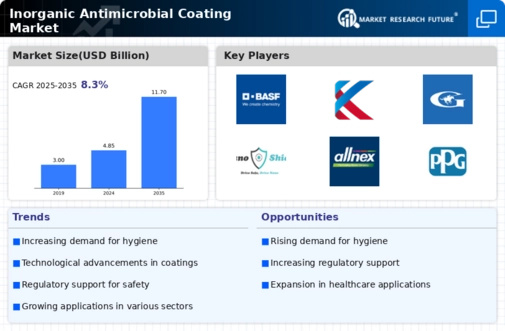
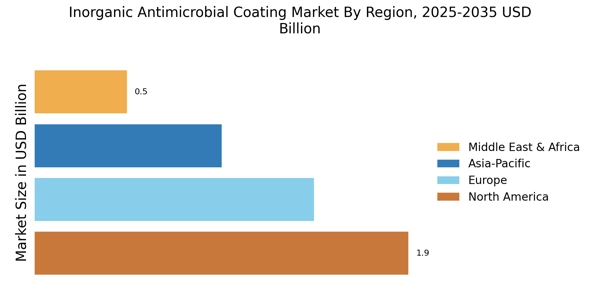
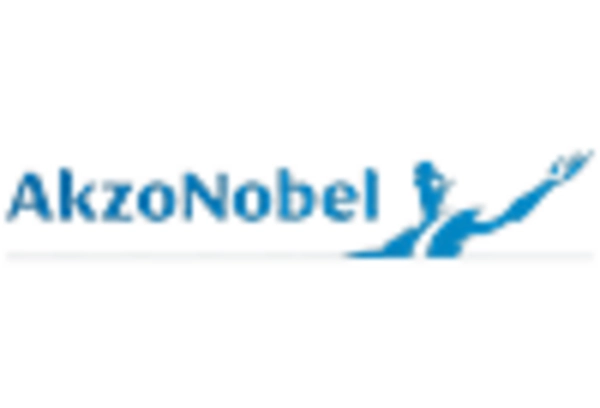


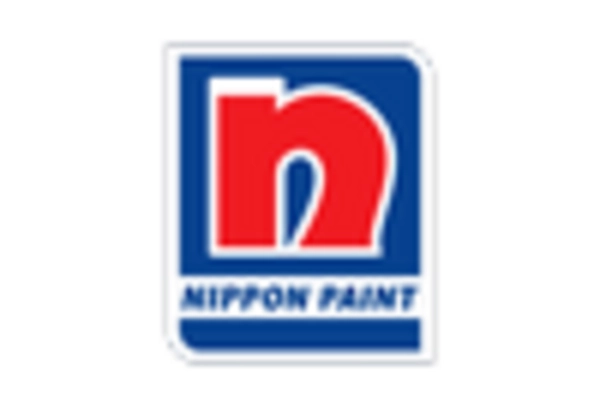
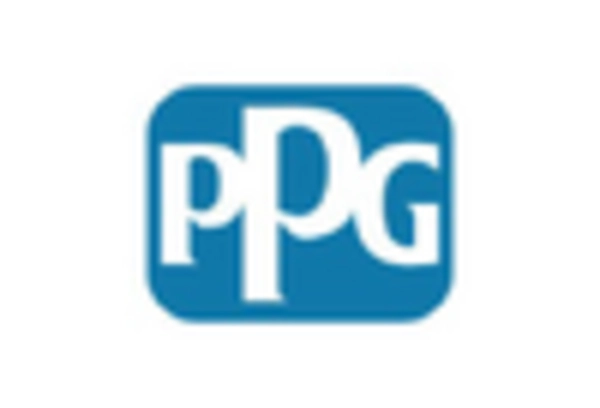
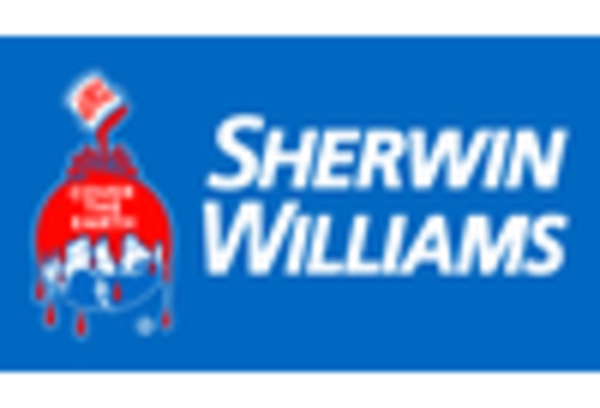








Leave a Comment